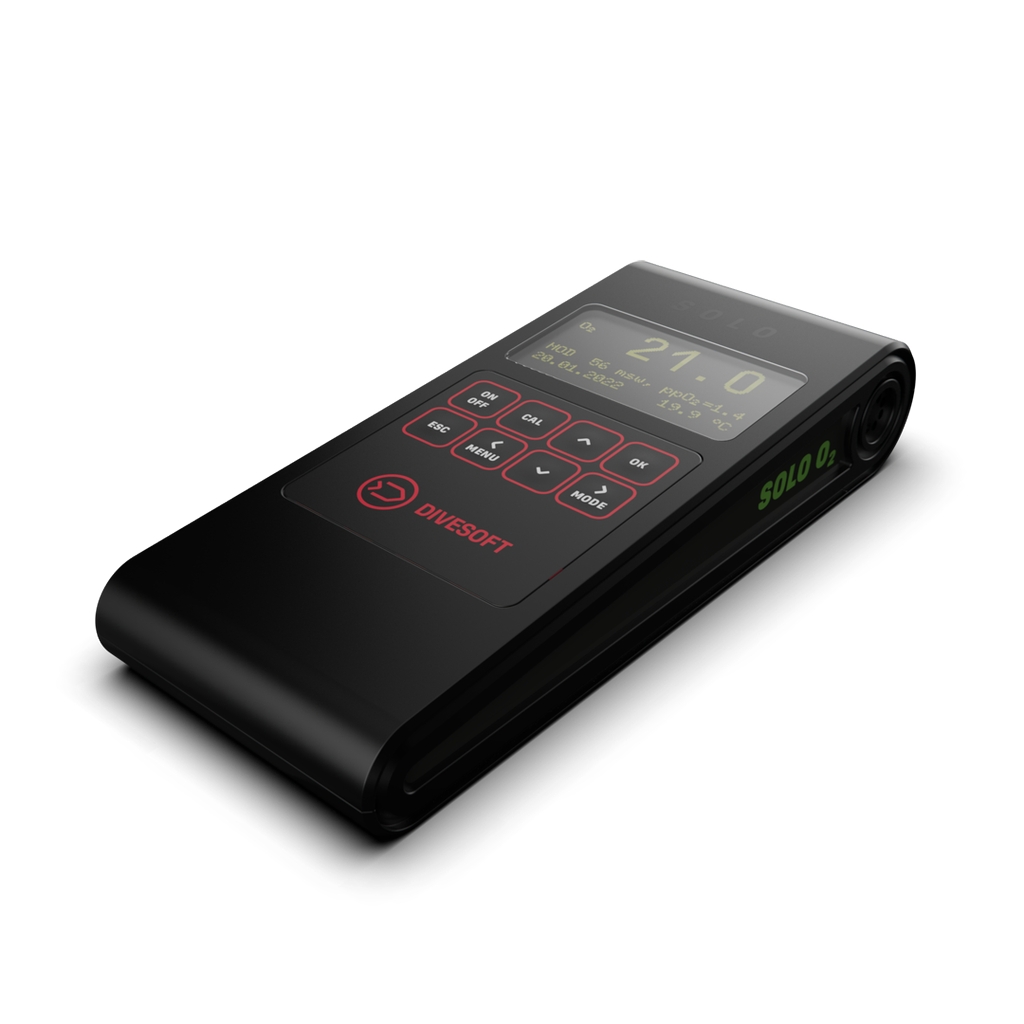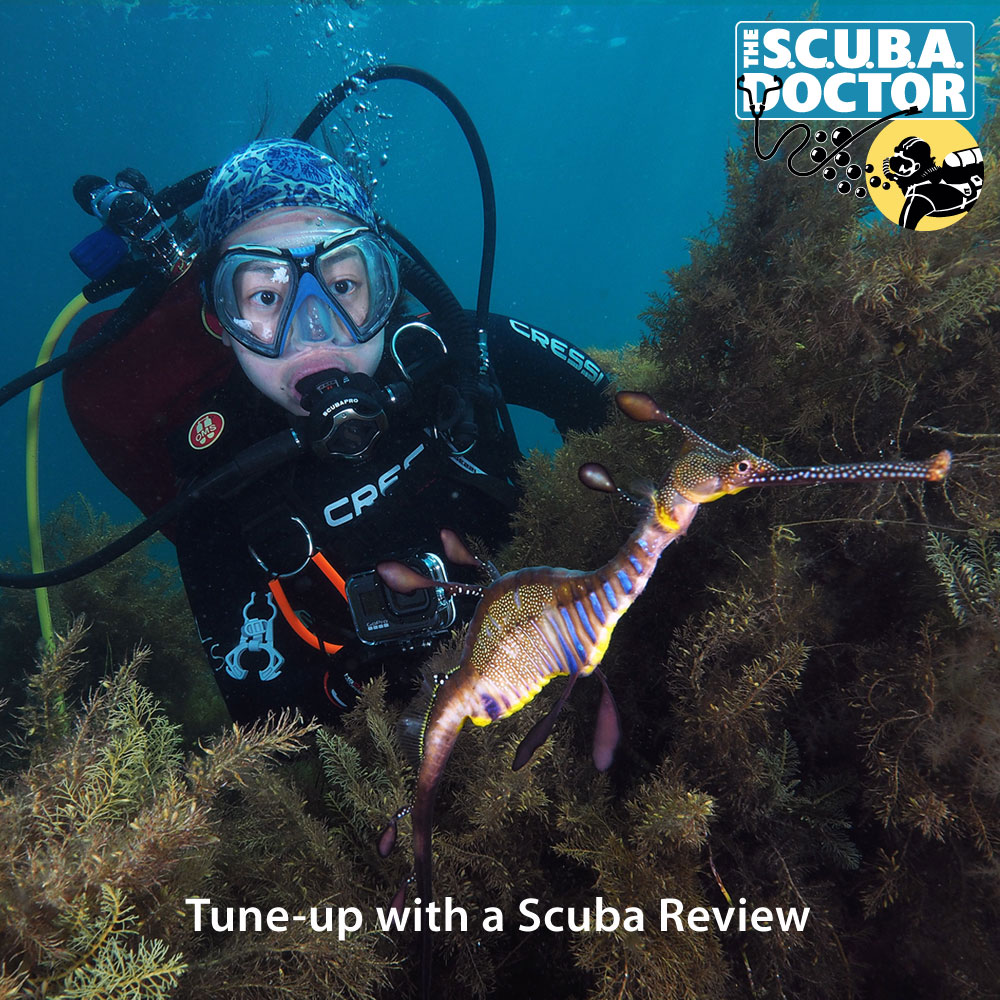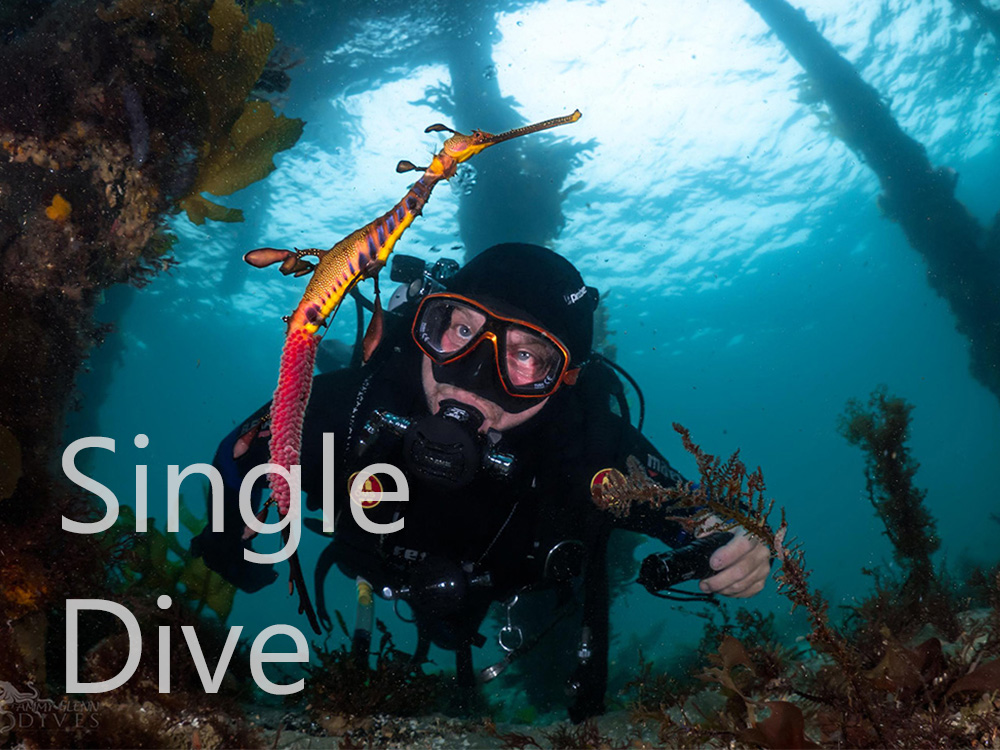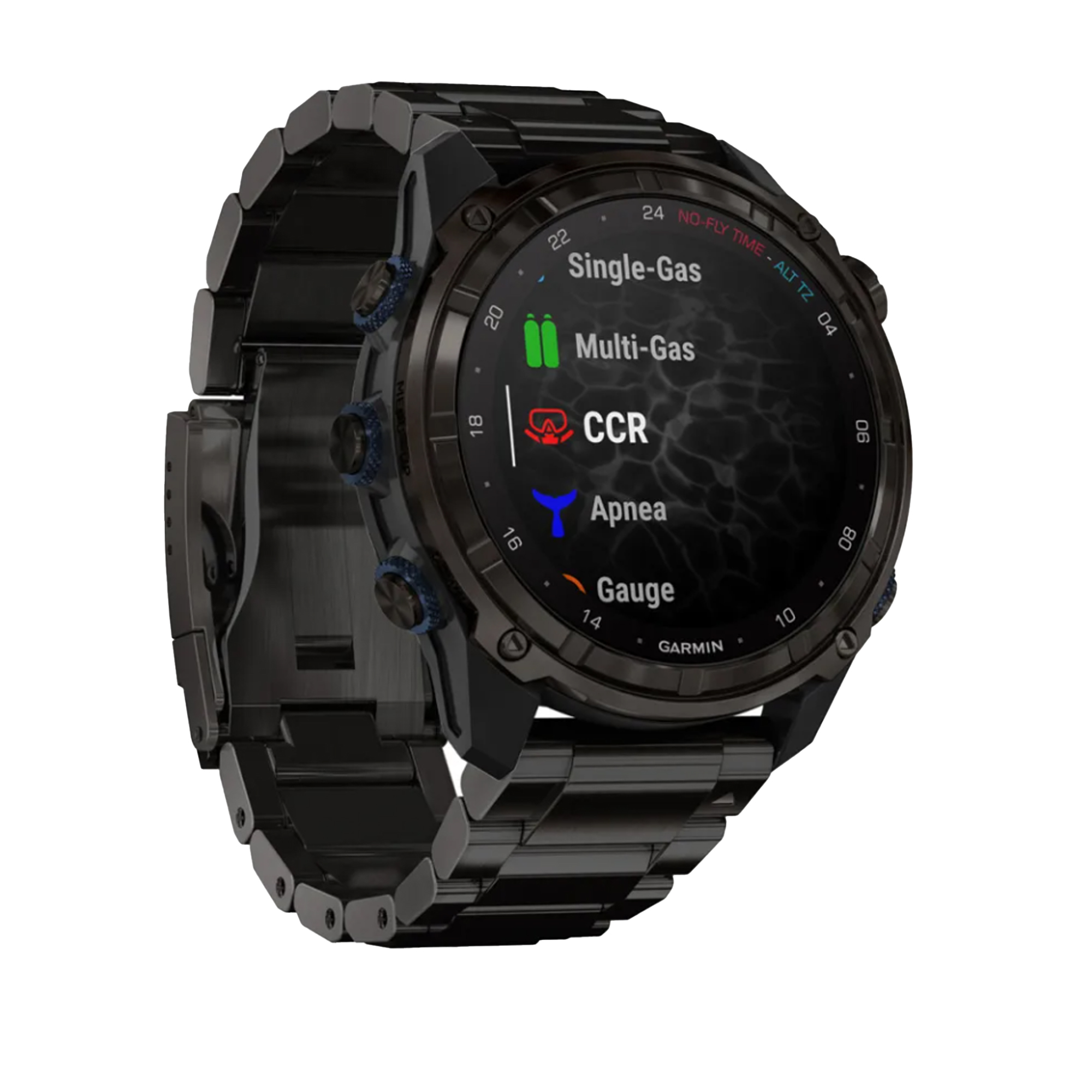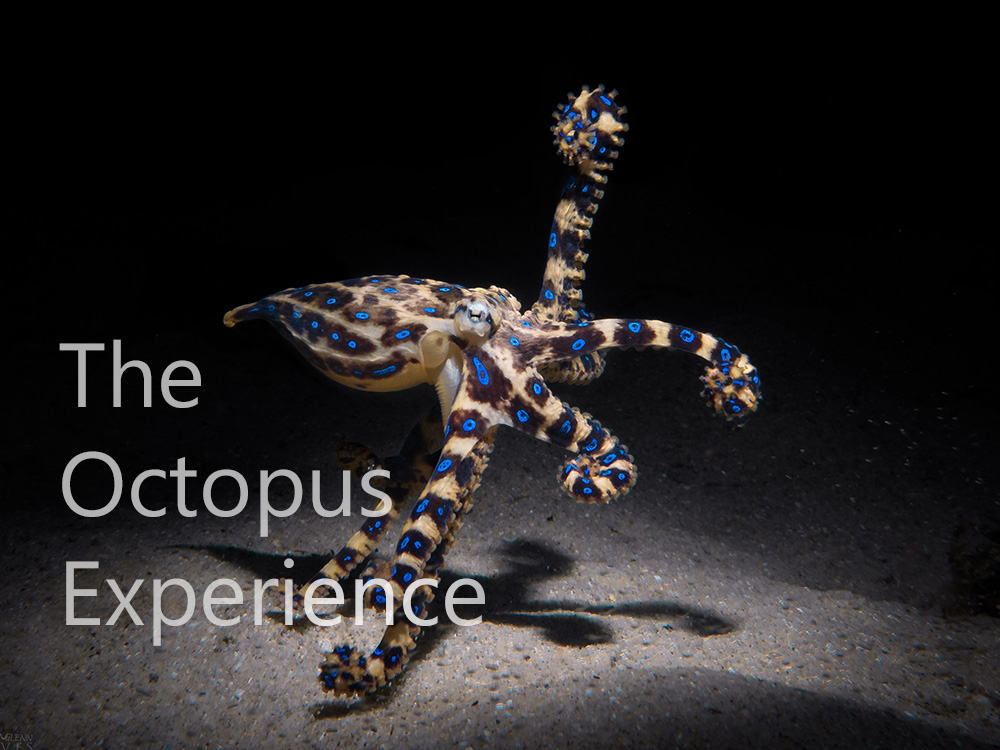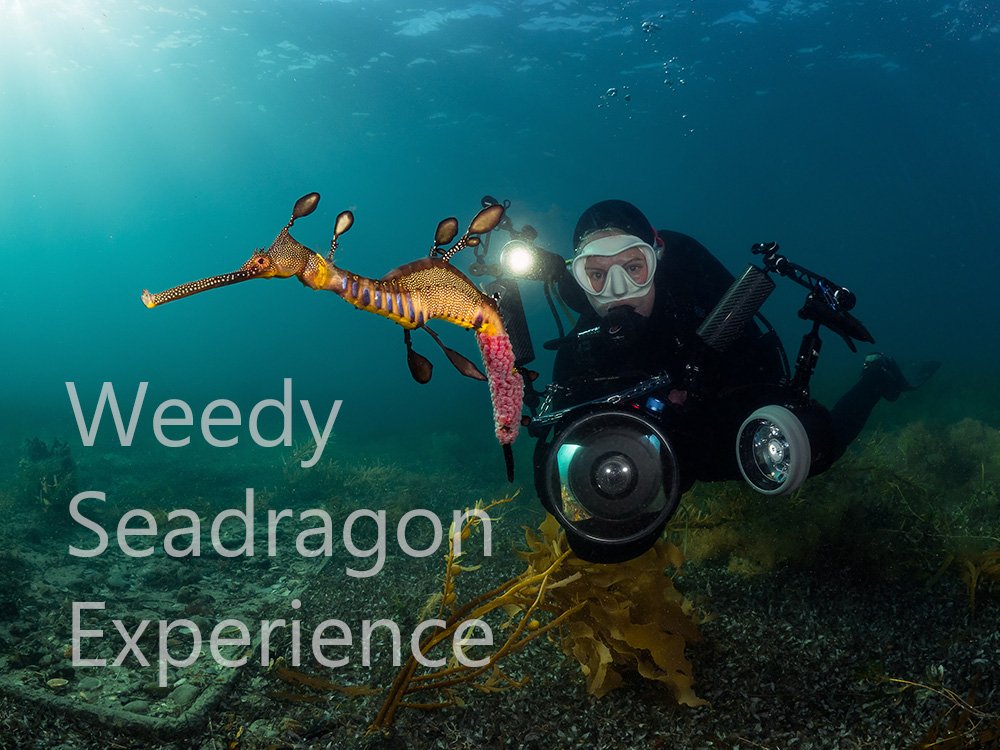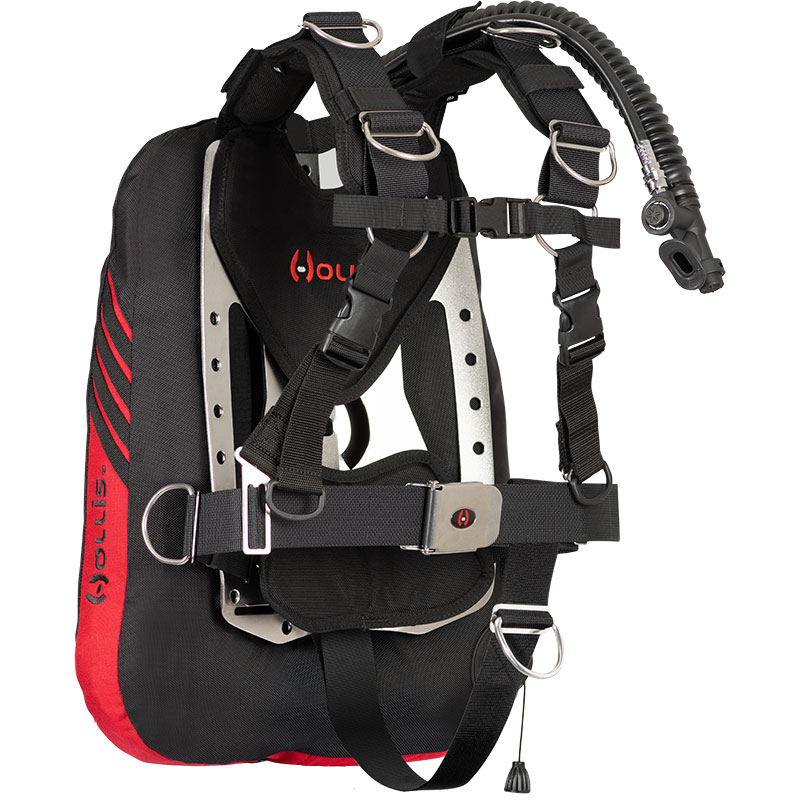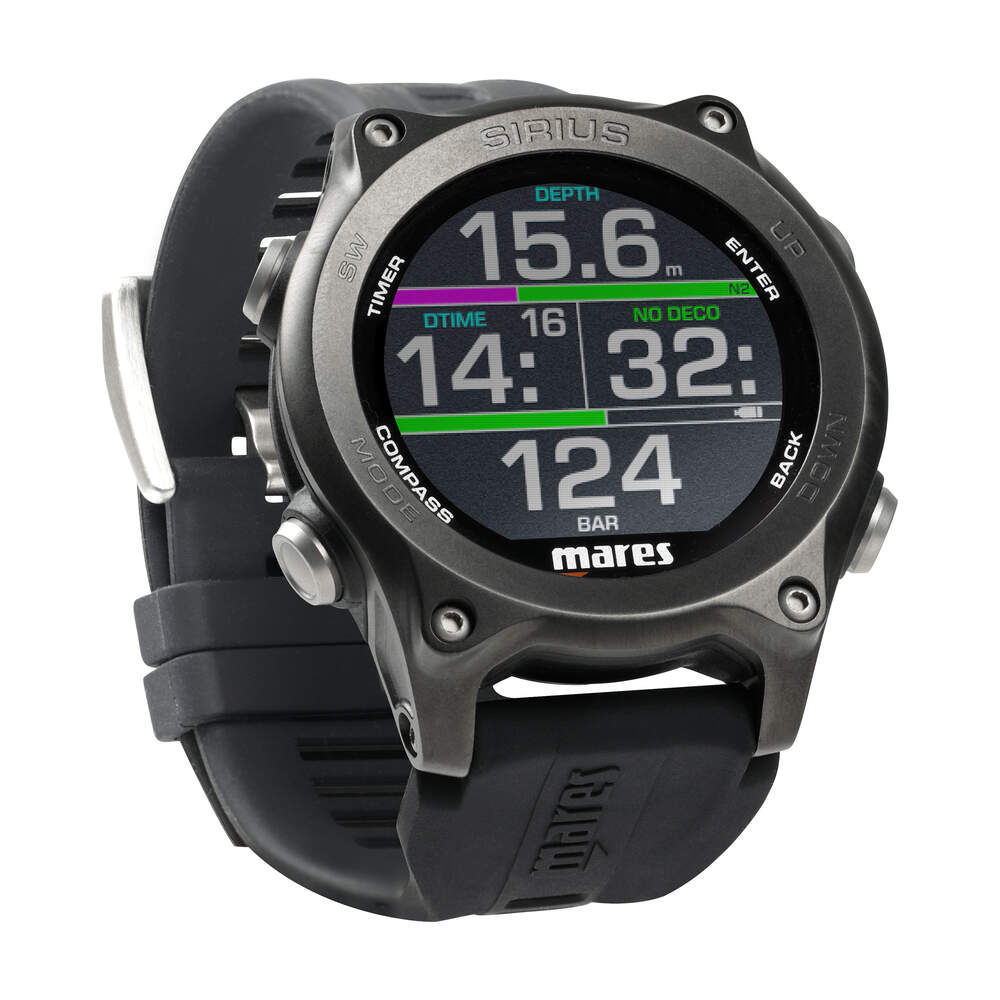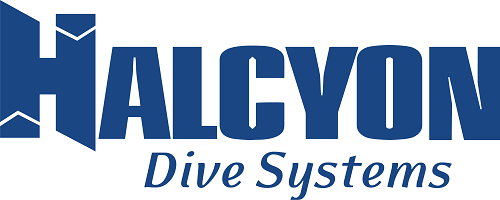Navigation
The recreational and technical rebreather world is ever changing. New parts and accessories arrive, old parts get discontinued, and the internet rumour mill is ever churning with questionable information. Give us a call or an email if you have any questions on the latest consumables, parts and accessories for your rebreather.
Tech Tip: Etiquette and Rebreather Divers
Soon you may find yourself on a boat with a rebreather diver; or perhaps you may even get assigned a rebreather diver as a buddy. Like you, the rebreather diver has been trained to do a few minutes of setup and checks on their equipment before they dive. Often, another diver will approach and begin asking questions at just this moment. The rebreather diver really would like to talk about their equipment and answer questions, but part of their training included a reminder to avoid becoming distracted during their checks. Help them out by waiting until you see their setup is completed. If you are assigned a rebreather diver as a buddy, they will need to have a brief safety protocol discussion with you as there are some differences from your open-circuit training.
ex HMAS Canberra
![]() Wreck Dive |
Wreck Dive | ![]() Boat access
Boat access
![]()
![]()
![]()
![]()
Diving the ex HMAS Canberra FFG 02 Artificial Reef
Depth: 5 m (16 ft) to 32 m (105 ft)
Level: Open Water and beyond.
Channel 7 News report on the scutting of the ex HMAS Canberra off Ocean Grove.
© Channel 7 News | Sunday, 4 October 2009
The ex HMAS Canberra dive site lies in approximately 28 m (92 ft) of water, with the top of the mast about 5 m (16 ft) below the surface at low tide. The site provides opportunities for divers with varying levels of experience and certification, from open water level certificates to advanced wreck divers, to enjoy this site.
Access to the dive site is restricted to only those participating in diving and snorkelling activities. To enter the dive site divers must either:
- Book a dive tour with a licensed tour operator, or
- Book a two hour time slot on the public mooring through Parks Victoria.
ex HMAS Canberra Reef Dives
Divers are able to access the superstructure of all decks. Highlights are the junior mess mural, the captain's cabin, the bridge, galley, mess decks and operations room. These areas have been left as intact as possible to create additional interest for divers, plus nooks and crannies for creatures. Please note that this can make the dive more challenging.
Ex HMAS Canberra Shipwreck
from Allie Beckhurst
on Vimeo.
To see the whole 138.1 m (453 ft) long, 14.3 m (47 ft) beam, 4,200 t (4,630 s-ton) displacement ex HMAS Canberra FFG-02 ship, you'll want to do at least 20 dives. However, you can certainly get a feel for the majesty of the wreck after even a few dives.
Wreck diving is a challenging recreational experience. Do not over-estimate your competence and skill level. Wreck penetration should not be attempted without proper training and equipment.
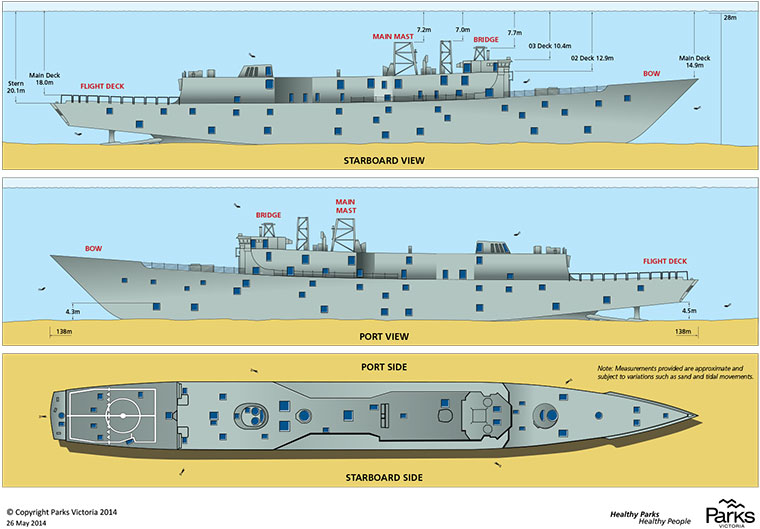
Parks Victoria ex HMAS Canberra Dive Site Openings (See page 2) | © Parks Victoria
It is recommended that all divers first do an orientation dive on the ex HMAS Canberra Wreck/Reef to become familiar with the complexities of the Wreck before venturing into any compartments, regardless of their level of skill or experience.
Please don't scavenge from the ex HMAS Canberra. It's illegal. Plus, if you do, it won't be long before you destroy the thing you came to see.
Location and Depth of Key ex HMAS Canberra Features
| Key Features | Depth | WGS84 | |
|---|---|---|---|
| Latitude | Longitude | ||
| Bow | 14.9 | 38° 18.020′ S | 144° 32.587′ E |
| Bridge | 7.7 | 38° 17.999′ S | 144° 32.601′ E |
| Mid Mast | 7.0 | 38° 17.995′ S | 144° 32.605′ E |
| Aft Mast | 7.2 | 38° 17.991′ S | 144° 32.608′ E |
| Stern | 20.1 | 38° 17.959′ S | 144° 32.634′ E |
- Depths are measured at the lowest astronomical tide Rip Bank Datum adopted as 1.460 m below AHD.
- Depth values are in metres.
ex HMAS Canberra Deck Plans
These deck plans show the various compartments of the lower decks 3 and 4. The X symbols mark where explosive charges were used to create openings through the hull to scuttle the vessel.

ex HMAS Canberra FFG-02 3 Deck.

ex HMAS Canberra FFG-02 4 Deck.
ex HMAS Canberra Orientation
- Roll — The wreck sits with a list to starboard of an approximately 25 degree angle.
- Heading — The wreck is facing in an orientation of 210 degrees to true North. (Based on soundings on the port and starboard side of the deck at the rear of the cabin.)
- Pitch — The wreck has little to no pitch in position, less than 0.5 of a degree. (Based on soundings forward and aft on the roof of the rear cabin.)
ex HMAS Canberra Reef Marine Life
The scuttling of the ex HMAS Canberra followed a period of extensive consultation with stakeholders and regulators to determine the scuttling site, environmental requirements for vessel preparation, scuttling procedure and monitoring program.
Parks Victoria initiated an ongoing ecological monitoring program to identify and manage potential marine pest colonisation of the wreck and inform stakeholders of the progressive colonisation of the wreck and any changes to local ecosystem values. As the creation of ecosystem values was listed as an objective of the project (through the creation of an artificial reef), an ecological monitoring program was required by the Commonwealth Department of Environment, Heritage and the Arts who issued the Sea Dumping Permit. Parks Victoria commissioned CEE to undertake 6-monthly ecological monitoring of the wreck for 2 years post-scuttling.
The first report describes the aims, scope and methods of the marine ecosystem monitoring program. It is an interim report for the 2, 4 and 6-month post scuttling pest inspections and the 6-month post scuttling ecosystem assessment. See The ex HMAS Canberra Marine Ecosystem Monitoring Program: 6-Months Post Scuttling.
ex HMAS Canberra Site Management
Parks Victoria has responsibility for ex HMAS Canberra site management. See the Visitor Guide, or visit Parks Victoria: ex-HMAS Canberra, for more information.
All divers wishing to access the ex HMAS Canberra dive site must hold a current and industry recognised entry-level qualification (equivalent to Australian Standard AS4005.1), as a minimum level of certification. The site is not suitable for inexperienced divers unless accompanied by a suitably qualified guide. Ultimately it is your responsibility to be satisfied that you are appropriately trained, certified and experienced in Victorian conditions to undertake the planned dive.
Diving ex HMAS Canberra with Charter Operators and Dive Shops
If you are diving the ex HMAS Canberra via a Charter Boat Operator or Dive Shop then they will provide you with details of the dive site guidelines they use on the dive site.
Each operator may have their own unique requirements about the dive certifications and experience they expect you to have in order for them to allow you to do penetration dives. Please ask them about this when making your booking.
Private Boat Bookings and Permits
A dive permit is required from Parks Victoria for all independent recreational dives at a cost of $30 per vessel. Permits are available for a maximum of two hours (except after 10 pm). The permit allows the use of mooring number 2 only. You will not need a permit if you book your dive on a dive charter boat through a licensed tour operator.
Private boat permit bookings can be made online 24x7 via the Parks Victoria web site at www.parkstay.vic.gov.au/ex-hmas-canberra-reserve.
An ex HMAS Canberra Dive Site Map has been produced by Parks Victoria. The first page shows the location of the dive site and details of the moorings. The second page shows the Starboard View, Port View, and Top View of the vessel with the diver entrance and exit points clearly marked.
On 19 October 2009, shortly after the ex HMAS Canberra was scuttled on Sunday 4 October 2009, The Port of Melbourne Corporation conducted a Post Scutling Survey of the ex HMAS Canberra Dive Site. They produced a detailed A0 sheet size chart — ex HMAS Canberra Scuttling Survey. Printed full size it makes for an amazing wall poster.
See the Parks Victoria — ex HMAS Canberra Recreation Reserve web page for more information.
ex HMAS Canberra Mooring System
The ex HMAS Canberra dive site is clearly marked by two special mark buoys and two mooring buoys.
Parks Victoria has put in place a two buoy mooring system to make diving the ex HMAS Canberra Reef easier and safer. Commercial operators use mooring number 1, and there is a recreational (public) only mooring number 2. See ex HMAS Canberra Dive Site Moorings Diagram for a useful information sheet private boat operators can print out, laminate, and then use to locate the dive site and use the public mooring buoy.
| Nav Aids and Moorings | WGS84 | |
|---|---|---|
| Latitude | Longitude | |
| In shore (North) Nav Aid | 38° 17.951′ S | 144° 32.636′ E |
| Seaward (South) Nav Aid | 38° 18.024′ S | 144° 32.591′ E |
| Mooring 1 | 38° 17.996′ S | 144° 32.591′ E |
| Mooring 2 | 38° 18.005′ S | 144° 32.618′ E |
Many private dive boat owners may not be familiar with approaching, using, and departing moorings at dive sites. Things you should keep in mind include:
- Before approaching the diving area, try to communicate with any vessels already there, ideally by radio, or by giving the OK signal. They should tell you how many divers are down, approximately where they are, and where they are expected to surface.
- ex HMAS Canberra Reef dive moorings are likely to be popular at certain times. Be prepared to wait until your allotted time slot. Agree on a plan of action with any other dive boats present.
- Approach the site at reduced speed (less than 5 knots (9.26 kpm)), especially if there are other vessels already at the site.
- At all times, motor at very low speeds in the vicinity of the dive site.
- There is a No Boating Zone above the dive site, located within the area defined by the navigation marker buoys and mooring buoys surrounding the dive site.
- Do not motor unnecessarily or patrol the area, it adds to the danger.
- Maintain a constant vigilance for divers in the water and the potential for divers ascending from the site while underway. It is possible some divers will be using rebreathers and will not be easy to locate due to lack of bubbles.
- Never go near divers' bubbles with your engine in gear.
- Position yourself as far as possible from other divers.
- Never drop your anchor or shot line within 100 metres of the dive site.
- Never let an inexperienced person take charge of the boat anywhere near the dive site.
- While moored, a person with a Victorian Boat Licence must be in the boat at all times.
- Use any permanent entry (descent) lines and exit (ascent) lines that may be available.
- Before engaging your engine, check for bubbles. Look all around your boat including the stern.
- Never manoeuvre at more than tick-over until you are a considerable distance from the dive site. Divers may come up away from the site, especially down tide.
ex HMAS Canberra History
HMAS Canberra (II) was the second of six Adelaide class guided-missile frigates (FFG) built for the Royal Australian Navy to the design of the American Oliver Hazard Perry class. The keel of Canberra was laid on 1 March 1978 and the ship launched on 1 December 1978. Canberra was commissioned in Seattle on 21 March 1981. Following successful trials off the United States west coast, Canberra arrived in Australian waters and her new homeport of Sydney in March 1982.
The HMAS Canberra (II) FFG-02 and her five sister frigates (HMAS ships Adelaide (II) FFG-01, Sydney (IV) FFG-03, Darwin FFG-04, Melbourne (III) FFG-05 and Newcastle FFG-06), were the first Royal Australian Navy (RAN) ships to be powered by two computer controlled gas turbine engines operating through a controllable pitch propeller for their main propulsion. This gave the ships high maneuverability and the ability to be "on-line" in less than one eight of the time required by steam turbine ships.
As built, she displaced 4,100 t (4,519 s-ton) and measured 135.6 m (445 ft) in length with a beam of 14.3 m (47 ft). Two General Electric gas turbines generated speeds in excess of 30 knots (56 kpm). The hull length was marginally increased to 138.1 m (453 ft) and displacement to 4,200 t (4,630 s-ton) in 1990/91 during a major refit that included a strengthened flight deck pending the introduction into service of Sikorsky S-70B-2 Seahawk helicopters.
Video montage of HMAS Canberra FFG-02 photos.
The HMAS Canberra's role was to operate with other maritime forces to help keep the world's sea lanes open and free by providing protection for military and merchant convoys. To achieve this she was specifically designed to simultaneously counter the threats posed by submarines, air, surface and subsurface launched missiles and enemy warships. Accordingly, the ship was fitted with long-range radar, sonar and electronic surveillance sensors which were co-ordinated by high-speed computers to provide data for the ship's weapon systems.
HMAS Canberra's main armament consisted of shipborne and helicopter-borne torpedo delivery systems, one 76 mm rapid-firing gun, Harpoon anti-ship missiles, standard surface to air and surface to surface guided missiles, the Phalanx close-in weapons system, two triple mounted anti-submarine torpedo tubes, and electronic decoy devices. This weapons fit was intended to provide an in-depth defence for both the ship and the force or convoy she was protecting. Her average ship's company was 186, however, this increased to around 210 on those occasions when two Seahawk helicopters were embarked.
Canberra and her sister ships were primarily used as long-range escorts fulfilling multiple roles including air defence, anti-submarine warfare, surveillance, interdiction and reconnaissance. They were also capable of countering simultaneous air, surface and sub-surface threats.
Canberra relocated to Western Australia in January 1996 from where she enjoyed a higher operational profile, actively supporting Australia's national interests and the Federal Government's domestic and foreign policies, particularly in light of increased regional instability and world events.
The name Canberra has a proud history. In 1925 the Australian Commonwealth Naval Board selected the names Australia and Canberra for two new 10,000 ton Country Class Heavy Cruisers under construction in the United Kingdom. The first HMAS Canberra duly commissioned in Scotland in July 1928 and was Flagship of the Australian Squadron from 1931 to 1940. She was sunk during WWII, with the loss of 84 lives, following the Battle of Savo Island on 9 August 1942.
At the request of President Franklin Roosevelt, an American cruiser was named USS Canberra in 1943 in honour of her Australian forebear. USS Canberra (CA-70) served until 1947, was converted to a guided-missile cruiser in the 1950s and completed five tours of duty in Vietnam before decommissioning in 1970. The bell of USS Canberra was gifted to Australia in September 2001 to mark the 50th anniversary of the ANZUS Alliance, and can be seen on display at the Australian National Maritime Museum in Sydney.
HMAS Canberra was the first Adelaide Class Guided Missile Frigate (FFG) to be decommissioned which occurred at the Fleet Base West, Rockingham, Western Australia on 12 of November 2005. She was scuttled at 14:00 on Sunday 4 October 2009 in 28 metres of water off Ocean Grove, Victoria to create an artificial reef and diving site.
You can learn more about the HMAS Canberra's history, and the Royal Australian Navy personnel who served in HMAS Canberra FFG-02, at www.hmascanberra.com.
See also Wikipedia: HMAS Canberra (FFG_02), and Royal Australian Navy: HMAS Canberra (II).
HMAS Canberra FFG-02 Specifications
| Ship Specifications | ||
|---|---|---|
| Built by | Todd Pacific Shipyards Corporation Seattle, Washington, USA |
|
| Keel laid | 1 March 1978 | |
| Launched | 1 December 1978 | |
| Commissioned | 21 March 1981 | |
| Launching lady | Lady Marjorie Tange | |
| Length | 138.1 m (453 ft) | |
| Beam | 14.3 m (47 ft) | |
| Draught | 7.5 m (25 ft) | |
| Displacements | 4,200 t (4,630 s-ton) | |
| Ship's Company | Approximately 210 | |
| Armament | Mark 13 Guided Missile Launcher - Harpoon anti-surface missile - Standard anti-aircraft missile |
|
| Combat systems | 76mm rapid fire gun, Harpoon anti-ship missiles, Standard surface to air missiles, Phalanx Mk15 close-in weapon system, 2 triple anti-submarine torpedo tubes for Mk 46 torpedoes |
|
| Propulsion | Two General Electric LM 2500 Gas Turbines developing
490 kW (41,000 Shaft Horsepower) Two 360 Horsepower Electric Drive Auxiliary Propulsion Units Single Controllable Reversible Pitch Propeller |
|
| Maximum Speed | More than 30 knots (56 kpm) | |
| Range | 7,250 km (4,505 mi) at 20 knots (37 kpm) | |
| Aircraft carried | Two S-70B Sea Hawk helicopters | |
| Motto | "For Queen And Country" | |
| Crest | ||
ex HMAS Canberra Site Location Details
The location of the ex HMAS Canberra FFG-02 artificial reef and wreck dive site is in Bass Strait, situated between Port Lonsdale and Barwon Heads, Victoria, Australia. It is approximately:
- 2 to 3 km offshore from the dune coastline of Ocean Grove,
- 4.2 km from the mouth of the Barwon River and
- 6.2 km from Point Lonsdale.
- Vicroads reference Map 455 B12.
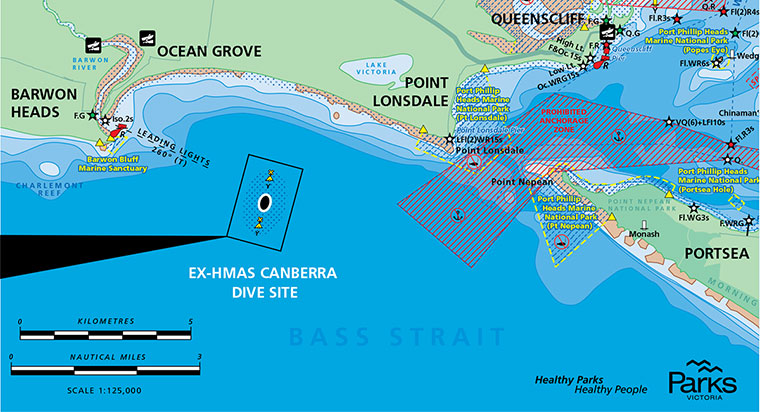
Parks Victoria ex HMAS Canberra Dive Site Location Map | © Parks Victoria
Bass Strait Warning: Always keep an eye on sea conditions throughout any shore or boat dive in Bass Strait on Victoria's coastline. Please read the warnings on the web page diving-in-bass-strait before diving or snorkelling this site.
Traditional Owners — This dive site is in the traditional Country of the Wathaurong (Wadda-Warrung) people of the Kulin Nation. This truly ancient Country includes the coastline of Port Phillip, from the Werribee River in the north-east, the Bellarine Peninsula, and down to Cape Otway in the south-west. We wish to acknowledge the Wathaurong as Traditional Owners. We pay respect to their Ancestors and their Elders, past, present and emerging. We acknowledge Bunjil the Creator Spirit of this beautiful land, who travels as an eagle, and Waarn, who protects the waterways and travels as a crow, and thank them for continuing to watch over this Country today and beyond.
ex HMAS Canberra Location Map
Latitude: 38° 17.987′ S (38.299783° S / 38° 17′ 59.22″ S)
Longitude: 144° 32.610′ E (144.5435° E / 144° 32′ 36.6″ E)
Datum: WGS84 |
Google Map
Added: 2012-07-22 09:00:00 GMT, Last updated: 2022-04-29 14:44:41 GMT
Source: Victorian Government GPS (verified)
Nearest Neighbour: J4 26m Submarine, 1,760 m, bearing 89°, E
Adelaide Class Guided Missile Frigate (FFG), 138.1m, 4,200 ton.
Built: Todd Pacific Shipyards Corporation in Seattle, Washington, USA.
Launched: 1 December 1978.
Scuttled: 2 pm Sunday, 4 October 2009.
Depth: 5 to 32 m.
[ Top ]
DISCLAIMER: No claim is made by The Scuba Doctor as to the accuracy of the dive site coordinates listed here. Should anyone decide to use these GPS marks to locate and dive on a site, they do so entirely at their own risk. Always verify against other sources.
The marks come from numerous sources including commercial operators, independent dive clubs, reference works, and active divers. Some are known to be accurate, while others may not be. Some GPS marks may even have come from maps using the AGD66 datum, and thus may need be converted to the WGS84 datum. To distinguish between the possible accuracy of the dive site marks, we've tried to give each mark a source of GPS, Google Earth, or unknown.
Copyright © 2005-2022 by The Scuba Doctor Australia, ABN 88 116 755 170. All rights reserved.
tel. +61 3 5985 1700 :: email. diveshop@scubadoctor.com.au :: Web site by it'sTechnical 2022






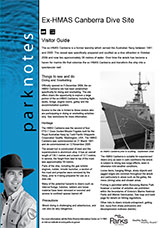
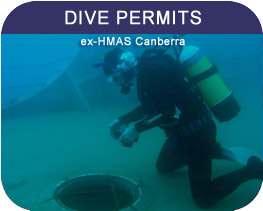

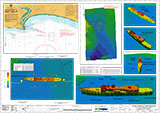
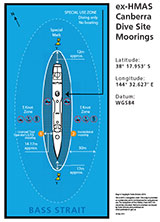
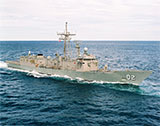
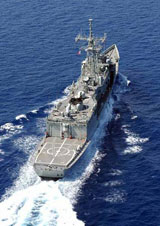
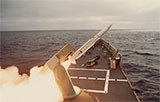
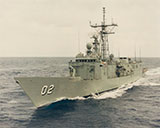
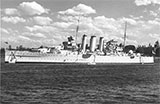
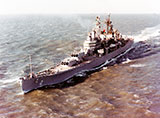

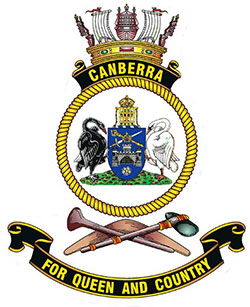
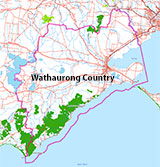



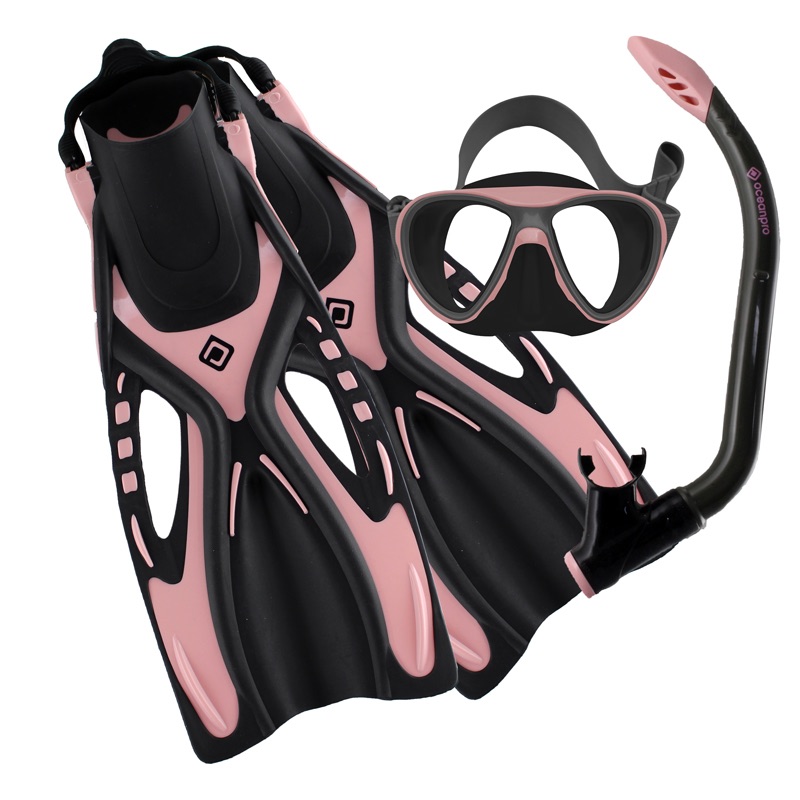





![Halcyon Infinity 30lb System [SS Small Backplate] Halcyon Infinity 30lb System [SS Small Backplate]](/diveshop/images/halcyon/Halcyon-Evolve-Wing.jpg)
